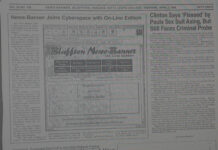“Wait time” is a concept familiar to all teachers and one of a myriad of strategies that educators use when working with students every day while asking them questions. It is the amount of time a teacher waits between asking a question and the beginning of a student’s response. It’s a concept some new teachers…



